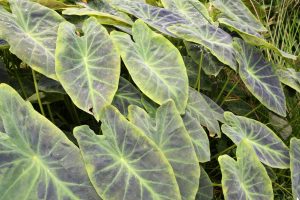During this time of year, it may seem as though spring and summer will never arrive. While it’s definitely not the growing season there are still plenty of garden chores to keep you busy through these winter months.
Though you’ve probably already completed your fall cleanup, it’s important to keep any new leaves from staying on the grass for too long. These leaves can smother the grass and make your lawn care work come spring a lot more difficult. Rake them up and use them as mulch for perennials and bulb planting beds, or put them in with your compost for next year’s garden beds. Your vegetables will thank you.
During the winter most plants and trees are dormant, meaning they’re not actively growing, so it can be a great time to trim your trees and shrubs. This is known as dormant pruning and is actually healthier for your trees and shrubs than pruning during their actively growing stage. You’ll be at less risk for spreading diseases and fewer bugs will be around to attack the wound on the plant.
Keep your eye on evergreen shrubs and if they need it, tie and support them to keep them from breaking in the snow. If you find them bending too much during the early snow that’s a sign that the tree can use a little more support.
Using burlap can help you by providing a windbreak for sensitive hedges, but it can also protect shrubs from deer who get more and more likely to feed in residential areas as the winter wears on.
Finally, if you feed the birds during the summer it’s very important that you keep your feeders full during the winter. Birds become dependent on human-provided food sources over time and having them suddenly disappear can be hard on them during the cold winter months.
Taking care of these winter yard work chores a little bit at a time on the weekends can help make the winter hours pass until you can get back to your more traditional gardening tasks once more.

